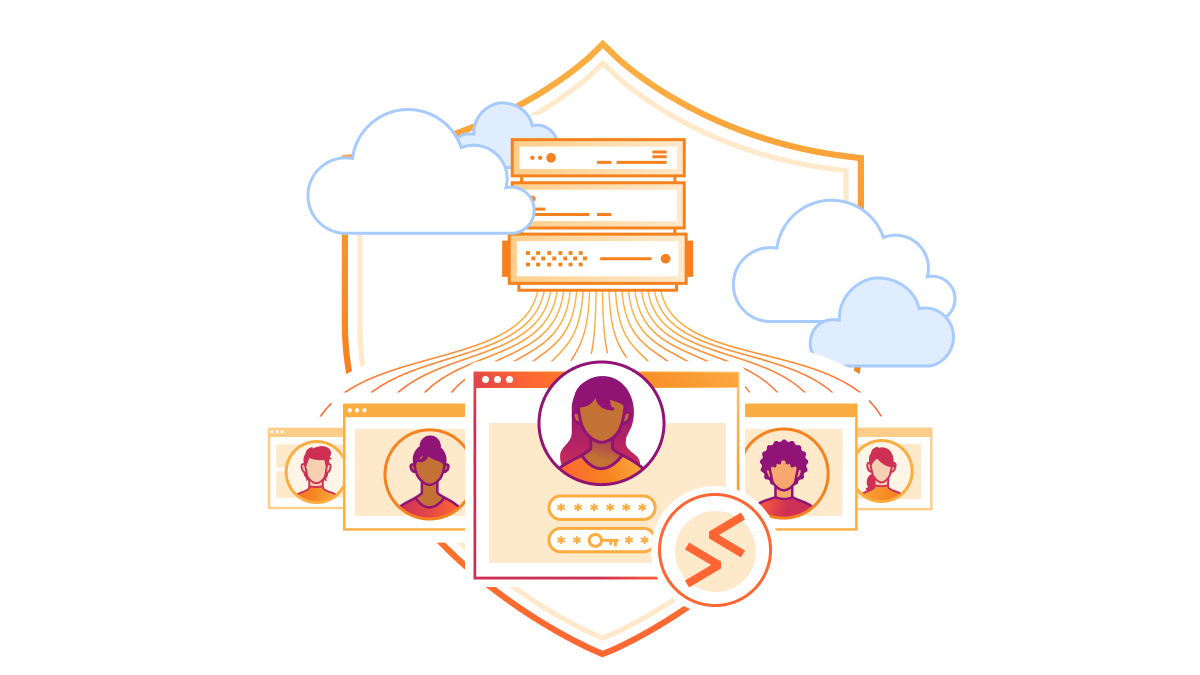RDP without the risk: Cloudflare's browser-based solution for secure third-party access
2025-03-21
Cloudflare now provides clientless, browser-based support for the Remote Desktop Protocol (RDP). It enables secure, remote Windows server access without VPNs or RDP clients....
Continue reading »








